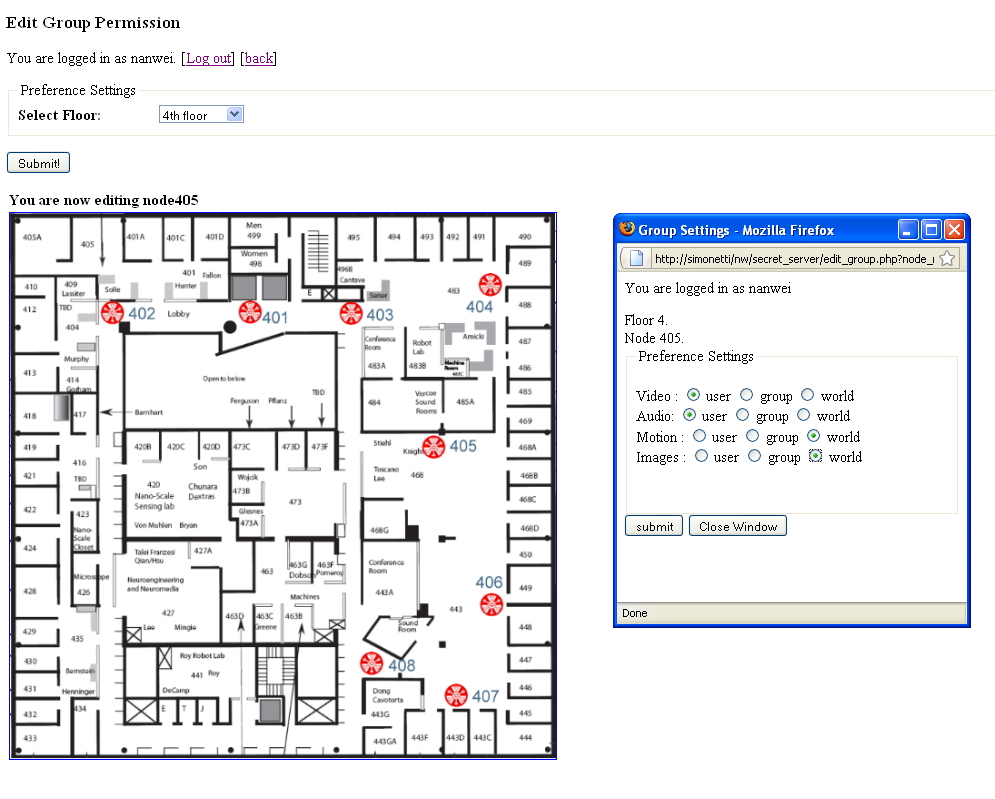Introduction
![]()
[ introduction ] [ publications ] [ people ] [ contact ] [ other projects ] [ back ]
Purpose of Study -- Configurable Dynamic Privacy for Pervasive Sensor Networks:
This goal of this research is to study the privacy issue within a ubiquitous
computing system through providing a user centric control of their personal privacy
setting in a sensor rich environment. There are two sets of different functionality in a sensor system -- broadcasting information for interaction and recording sensor data for
story narrative. We will conduct different sets of experiments base on the fundamental
differences of those two functionalities and analyze the privacy issue for future references
in the design and deployment of pervasive sensor networks.
• System Overview
The System consists of two major components. The first component is the sensor
network composed of 45 "Ubiquitous Sensor Portals" distributed throughout the realworld
Media Lab. Each portal, mounted on pan/tilt platform, has an array of sensors,
as well as audio and video capabilities.
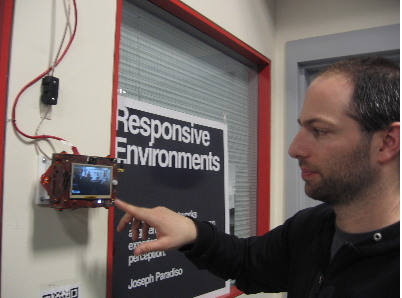
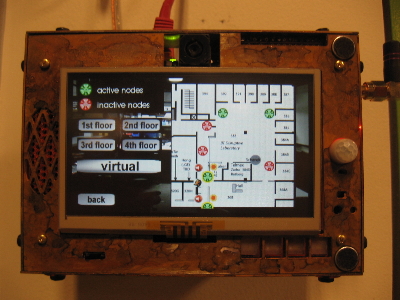
The second part of the system will be a wearable badge -- the configurable privacy badge. The badge is built to study the privacy concern and control for users in a pervasive sensor network. The badge can talk to the Ubiquitous Sensor Portals through IRDA, one of the infrared protocol and Zigbee radio, a low-cost, low- power, wireless mesh networking standard. Through sending a unique ID, the badge can be used for tagging sensor data in order to claim ownership for further editing. Also, it can send out an opting in or opting out signal to control the ubiquitous awareness portals. With this device, users can have on-site control of their privacy and the immediate feedback of the privacy levels in different scenarios.
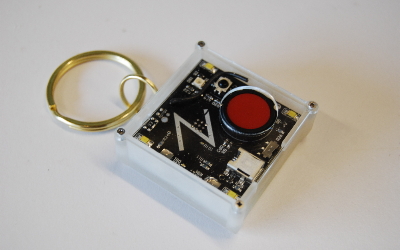
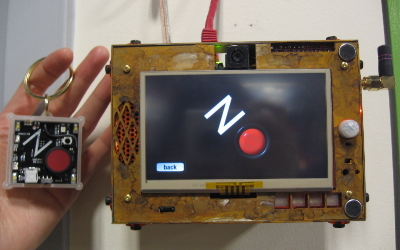
Profile Editing --Customize the sensors around you
In our web interface, a badge user is able to edit the privacy preferences on a location basis.
After signing up with a valid badge ID, users can login to the server and edit different sensor settings from the "Edit Profile" page. The preferences are then set up through selecting the floor and each node. Those privacy settings will be stored in the server along with the corresponding badge ID. The privacy badges are designed to broadcast its badge ID constantly when they are powered on. Once a badge ID packet is received by the sensor network, it compares the privacy settings to the badge ID and changes its data transmission dynamically according to the users' settings.

Profile Group Permission --Customize how you appear to who is looking
One of the most important things for users' privacy protection in a ubiquitous computing sensor network is having the control of post processing our personal information flow. While our system which has the ability to collect video, audio and images displaying those information recorded for each user indivisually, it could also be tailored to share users' information with others. In the edit group permission page, the users are allowed to reveal their information according to the hierarchy -- user / group / world, like a UNIX system. Further, the users are able to create their own group and send out invitations for other users to join their group. This framawork can not only allow the user to customize how they appear to who is looking, but also can be userd as a social networking tool.
